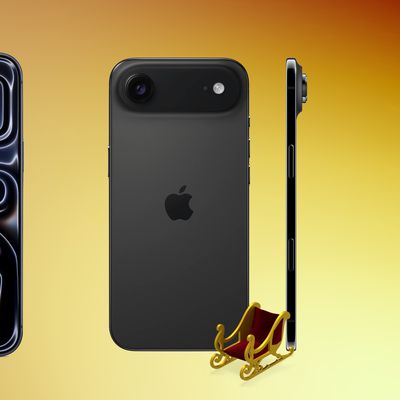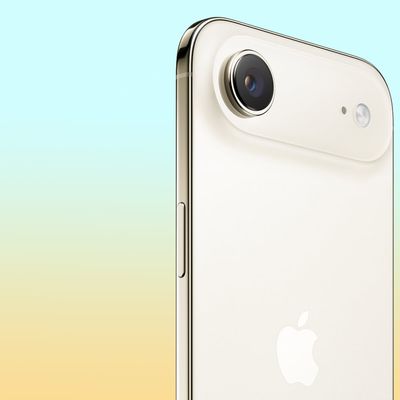Chinese mobile maker Xiaomi unveiled the Mi 6, its latest flagship smartphone, at a packed-out event in Beijing on Wednesday.
The Mi 5's successor features curved "four-sided 3D glass" and a front that isn't bezel-free like the company's Mi MIX, but the phone does boast a lot of tech for a device that starts at 2499 RMB, or $360 – about half of what a base iPhone 7 goes for in China.

Like the iPhone 7 Plus, the new 5.15-inch Mi 6 includes a 12-megapixel rear dual lens camera combining a wide-angle lens and a telephoto lens. It also matches Apple's latest smartphone with 10x digital zoom, 2x lossless zoom, image stabilization, and depth of field effects.
Similar to the Mi 5s, the Mi 6 features a Qualcomm-based ultrasonic fingerprint reader built under the glass at the bottom of the phone. The "button-less" technology is said to recognize a 3D map of each user's fingerprint through ultrasonic waves, although it only works within the bezel's concave indentation that marks out the home button.

The Mi 6 includes 2x2 Wi-Fi, which is meant to improve connectivity speed, and does away with the headphone jack, settling for a single USB-C port instead. Elsewhere the handset features the latest Snapdragon 835 processor (also found in the S8), 6GB of RAM, 64GB of storage memory on the entry model, dual stereo speakers, a 3,350mAh battery, a new "night display" screen mode, and water resistance.

The Mi 6 with 128 GB option costs 2899 RMB ($420) while a special Ceramic edition goes for 2999 RMB ($435). It's unclear at this time whether the phone will become available in Europe or the U.S.

The announcement of a new flagship phone comes at a particularly important time for Xiaomi, which suffered its first sales slump last year. The company's former VP of Global Efforts Hugo Barra left in February, while CEO Lei Jun recently admitted the firm had grown too fast and was now entering a transitional period, as it focuses on its main markets in China and India.

























Top Rated Comments
And pretty and speccy isn't that impressive without good service and support standing behind the product. Apple invests a lot in infrastructure to provide that. Samsung is starting to get on the ball, too. I've not heard the best support and service stories about the smaller Chinese companies yet.
These cheap phones used to be crap, but the game has clearly changed. And if production will be forced to move to the US... How can you compete with that?
1. They're okay with not making record huge profit margins on the hardware like Apple does.
2. They don't have the overhead of Apple, who spends a ton on fancy HQs, tens of thousands of employees, stores, R&D on cars, ads, etc.
Consider that Apple pays Foxconn about $230 for an iPhone 7 that it sells for $650. Now imagine if they were instead willing and able to take only a 2% profit margin like Xiaomi.
Frankly, beyond greed, there's no reason for phones to cost very much. It's no different than the way that DVD players, microwave ovens and other consumer goods started at $1,000 but now can be had anywhere for far less.
Apple doesn't like to reduce their margins. Instead, they usually force Foxconn take the hit.